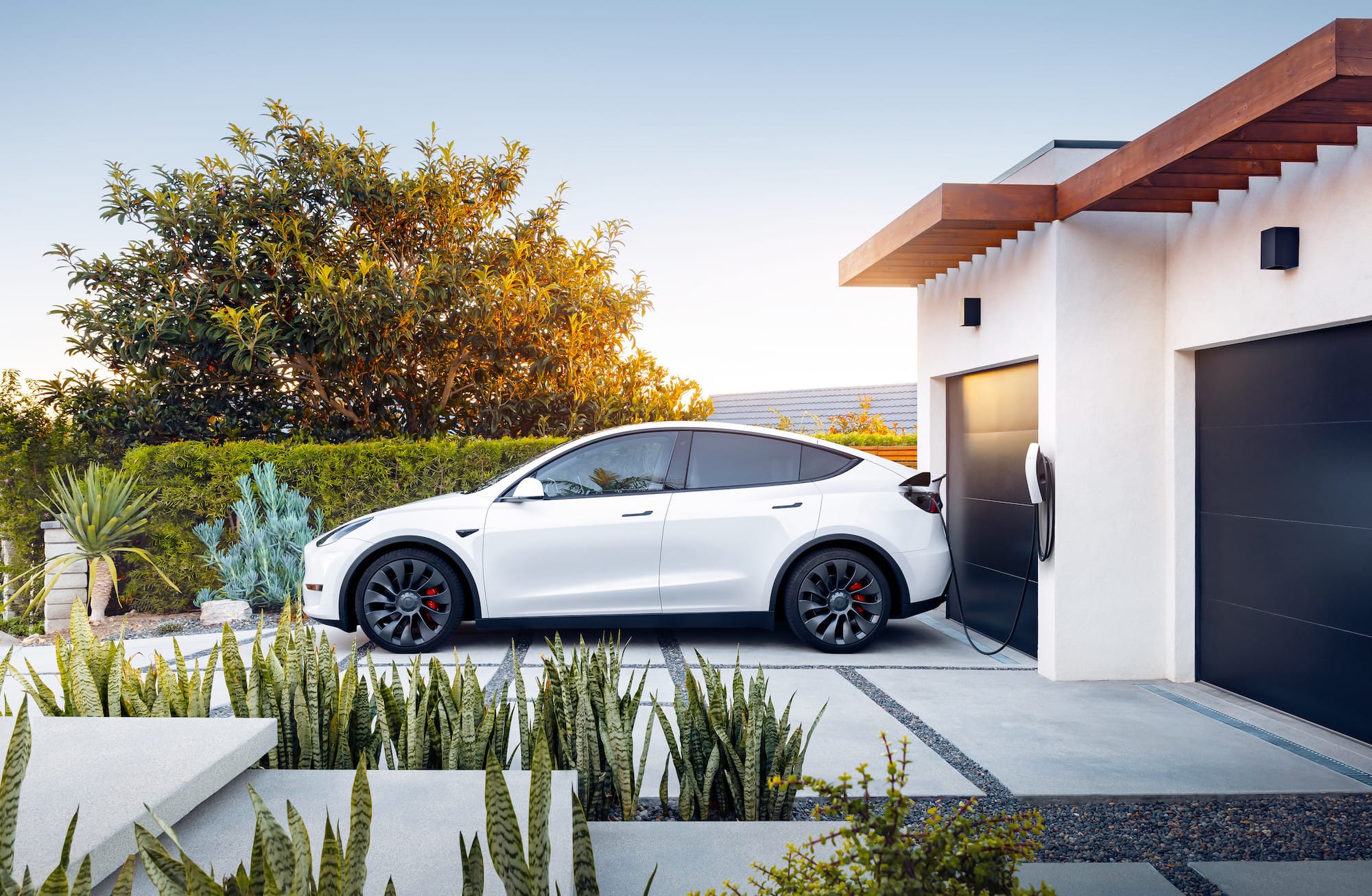Texas Is a Look Into the Future of Driving
Mindless energy consumption can no longer be the status quo.

Every Texan I know has what you might call “grid anxiety,” a low-humming preoccupation with electricity that emerged after brutal winter storms kneecapped the state’s isolated power grid in February 2021. That frigid disaster triggered highway pileups and runs on grocery stores; people inadvertently poisoned themselves with carbon monoxide by running grills and cars indoors to keep warm. My hometown of San Antonio, like so many places across the state, simply wasn’t equipped to deal with several days of freezing temperatures. Many factors contribute to a disaster of this magnitude, but the fundamental failure of the state’s energy infrastructure can’t be overemphasized.
Extreme cold is one end of the spectrum. Texas reached the other this summer, as record-breaking heat enveloped the South. Now my conversations with folks back home inevitably lead me to ask, “Is your grid up for this?” So far, the answer has been yes, thanks in part to a substantial expansion of renewable energy, particularly solar power, in the state. But energy is not straightforward: Additional solar capacity will get us only so far if heat waves happen more frequently, and it can be undercut by unfavorable weather or high temperatures that stretch into the night. Experts have said that Texas’s grid is not prepared for the extreme shifts in climate that are still to come.
Add to this another complicating factor: Texans need to drive, and more of them are starting to do so in electric vehicles, which interact with the grid in complex ways. Texas is now the third-largest EV market in the country; registrations have at least doubled since the year of that winter storm to more than 200,000 today—all of them running on an electrical infrastructure that was never designed to power cars. It’s understandable, then, for Texans to ask if the grid is up for that too.

